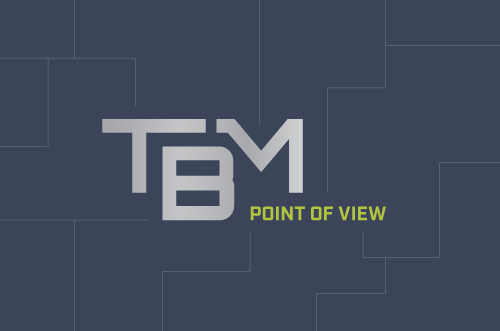By: Jeff Ervin, AAI
Mergers and Acquisitions (M&A) has continued to become an increasingly important practice associated with organizational growth, but it also exposes buyers and sellers to a variety of transactional risks. Representations and Warranties Insurance (RWI) was first used in 1999 as an instrument to protect against specific transactional risks and breaches of reps and warranties that are often discovered after a deal is closed. Today, the number of carriers offering RWI insurance products has increased dramatically. With a high volume of transactions continuing to trend in the U.S., this valuable tool will continue to be popular for the foreseeable future.
RWI is designed to guarantee the contractual representations made by sellers associated with corporate M&A. The policy will cover unforeseen costs associated with any breaches of the seller’s representations in a purchasing agreement. The transaction-related risks are shifted from buyers and sellers to a third-party insurer which protects both parties from any losses suffered from breaches of the reps and warranties as well as supplement the indemnity contained in these agreements. Additionally, a key benefit of the policy is that it is an alternative to escrow funds, which have traditionally been used to pull from to cover claims associated with reps and warranties in an M&A agreement.
Both the buyer and seller have good reason to utilize a RWI policy in an M&A Deal. Buyers typically want to protect their investment as much as possible through due diligence, broad reps and warranties, comprehensive indemnities, and large escrows and holdbacks. Sellers want to make as clean of an exit as possible, seeking to reduce their transaction indemnity profile risks. They would prefer fewer reps and warranties and limited escrows and holdbacks. This often causes a great deal of disconnect. RWI helps facilitate contractual disagreements buy providing both parties with peace of mind from a coverage and risk allocation standpoint.
RWI can be useful in any of the following scenarios:
- A transaction in which the buyer is concerned it would have no recourse should the seller become bankrupt
- Competitive auctions to separate and enhance the bid of a buyer or seller
- Time-sensitive transactions to help eliminate ongoing risk allocation discussions
- Seller wishes to have a clean exit without holdback and provide the highest possible payout to
investors at closing - Seller has a continued relationship with the buyer after a deal is closed
RWI policies are tailored and structured based on a particular organization and transaction. Most policies are put together on a per transaction basis and can be purchased by both parties. The policy can also be designed to cover both the buyer and seller on a blanket basis as well. Limits vary between policies, but some can be as high as $50 million. The limit is typically set based on negotiated escrow or indemnification limits under a purchasing agreement.
Although the majority of RWI policies are written on the buy side, there are numerous reasons why the seller also benefits.
Buyer purchasing RWI:
- Offers protection for losses due to breaches of warranties or claims on indemnities
- Helps a buyer recover losses directly from a financially secure source rather than from a seller
that may not have the funds to cover the claim - Increases buyer confidence and allows for low risk M&A
- Helps buyer identify and report problems with the acquired business after close and seek reimbursement
- Distinguishes a competitive bid at an auction as the bidder is accepting more risk and eliminated the need for funds in escrow
Seller purchasing RWI:
- Liability protection for defense and settlement costs
- Seller is able to fully distribute sale proceeds rather than funds being help in an escrow account
- Protects sellers from unintentional nondisclosures or breaches of reps
RWI Policy Basics:
- Limits are typically 10% of the purchase price with minimum Retentions at 1% of the purchase price
- Premiums are typically between 2% and 3.5% of the coverage limits
- Policies generally range from 3 to 6 years
- Carriers will charge an underwriting fee in order to perform diligence which can be between
$30k and $50K - According to the latest AIG Claims Intelligence Series Report:
- 53% of claims are made within the 1st year
- 89% of claims are made within the first 2 years
- 98% of claims are made within the first 3 years
- The first 18 months is the most critical with 74% of claims made, as issues tend to arise after the first audit cycle
- Traditional escrow arrangements typically only last one year
At TBM, we pride ourselves on providing you with the expertise and knowledge needed to mitigate the risks associated with M&A deal flow. We are confident that we will deliver on our promise of providing cost-effective coverage to address your exposures on a case by case basis.



